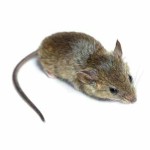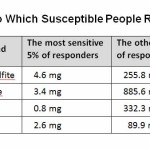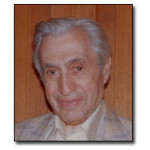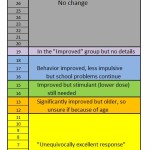This gallery contains 2 photos.
Frontiers in Psychiatry, August 2020, Volume 11, 730, pp. 1-12 An oligoantigenic diet is a few-foods diet, used sometimes to identify foods a child may be allergic to. It excludes all the food dyes, preservatives, and other additives, as well … Continue reading































